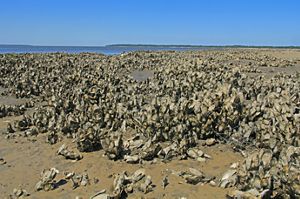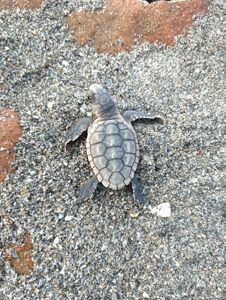A Natural Barrier
Sand beaches and dune systems protect the island from the sea, and the island, in turn, protects the salt marshes separating it from the mainland. Its interior is a well-preserved maritime forest dotted with freshwater ponds, saltwater coves and swamps.
A Legacy of Protection
Cumberland Island’s natural treasures are preserved in large part by Cumberland Island National Seashore, established in 1972, which protects 17.5 miles of beaches and 36,415 acres of dunes, forest, swamp, ponds and marshes.
The National Seashore is managed by the National Park Service and encompasses the Cumberland Wilderness, established in 1982, for a total of 9,886 acres.
In 1999, The Nature Conservancy finalized the purchase of 1,108 acres on Cumberland Island and transferred 934 acres to the National Park Service to manage for public enjoyment. The remaining 173 acres are still owned by TNC and are managed by the National Park Service.
Contact Information
Southeast Georgia Conservation Office
U.S. Hwy 17 South—Butler Island
P.O. Box 484
Atlanta, GA 30309
912-437-2161







